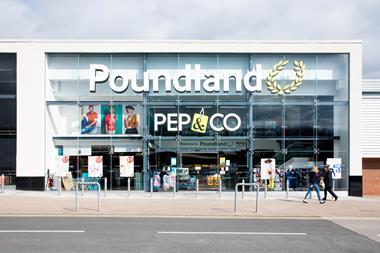
Autumn is setting in and already, thoughts are turning to Christmas. This year, the growing demographic polarisation in the UK will lead to three very different experiences of Christmas for British households, according to our latest ‘Retail At Christmas’ findings.
Lower interest rates and inflation combined with higher financial confidence and wages may point towards a ‘jollier’ outlook for the majority of Brits at Christmas in 2024. However, although many are determined to make more of an effort this year (+14%), increased effort doesn’t necessarily translate into an increased desire to spend more. Spend on Christmas food is only estimated to rise 4%, for example, while spend on drink is predicted to be down 3%.
Instead, what is emerging is a ‘Tale of Three Christmases’. For the ‘Healthy Households’ – those in a comfortable financial position and who make up a fifth of the population – we are expecting a return to Christmas past. This is likely to mean a more extravagant festive season, with significant spending on premium items and experiences.
This group are significantly more likely to be ‘trading up’ on the quality of food items and where they choose to shop this year. With their spend on food predicted to be up 19% on 2023, this group is a key target for premium brands and retailers.
At the other end of the spectrum are the ‘Difficult Dwellings’ – those who are struggling or in trouble financially and make up a sizeable 34% of the population. For this group, for whom the impacts of the cost of living crisis are still substantial, the thought of a ‘normal’ Christmas may feel very distant.
This is likely to lead to a more stripped-back festive season, picking and choosing which aspects of Christmas are affordable. With their spend on food expected to be down 6%, research shows this group is significantly more likely to be reliant on retailer loyalty schemes and offers. Retailers and brands whose Christmas ranges strike the balance between value and quality are most likely to succeed with this cohort.
Last, but by no means least, are the ‘Recovering Residences’ – those in the middle who describe their finances as ‘OK’ and who make up nearly half the population (46%). As well as being the largest group, they are also perhaps the most interesting and lucrative. Christmas 2024 could represent their first ‘normal’ festive season in years, but recessionary habits picked up from the cost of living crisis are lingering.
This group will likely keep many cost-cutting trends but relax spending for special cases, implementing touches of affordable luxury and choice indulgences. With their spend on food expected to be up 5%, retailers who make premium feel accessible and reward loyal behaviour are the most likely to succeed.
The ‘Tale of Three Christmases’ will have clear implications for the Christmas communication strategies of brands and retailers, but to end on a festive theme of togetherness, when it comes to Christmas advertising, there is more that unites the three groups than divides them.
Three quarters of all respondents agree that ‘Christmas has become too commercialised’ and half agree that ‘most Christmas advertising is not relevant’. Yet, half of all groups do still actively ‘look forward to new Christmas advertising campaigns’.
Brands seeking to inject some magic back into Christmas and converting ‘A Tale of Three Christmases’ into a storybook brand ending should focus on the four festive Fs that our research findings continually underline as the most valued elements of Christmas: Family, Fun, Food and Feels!



















No comments yet